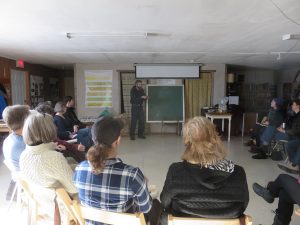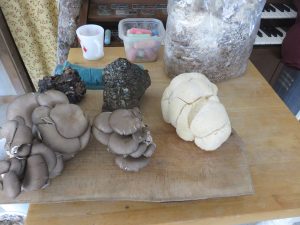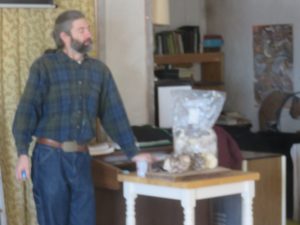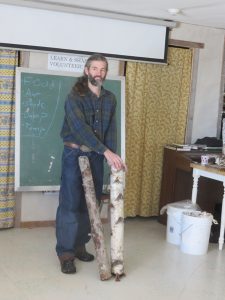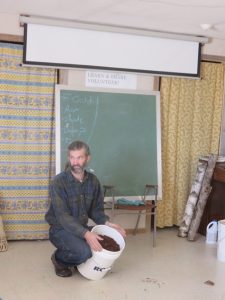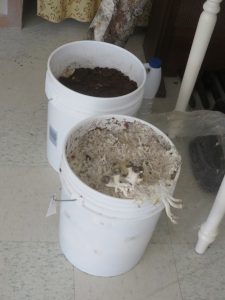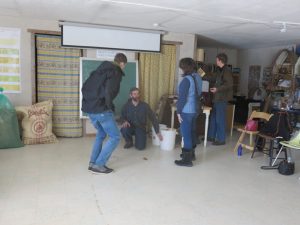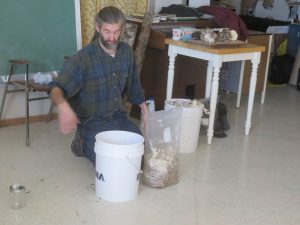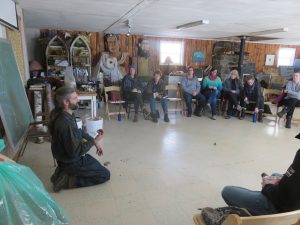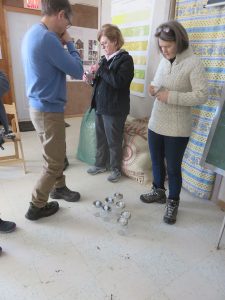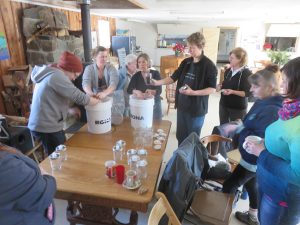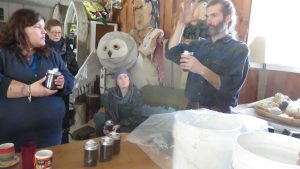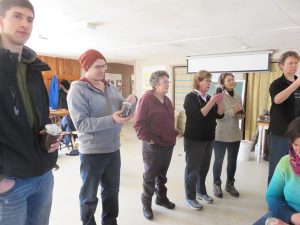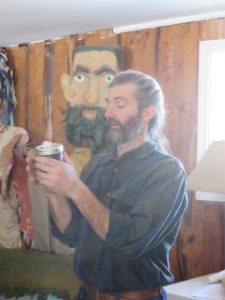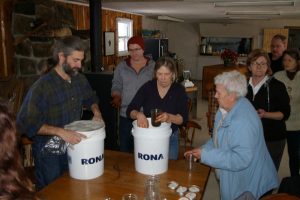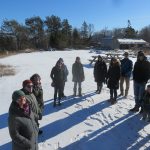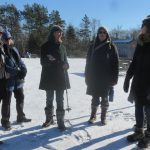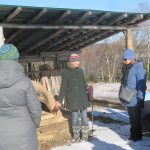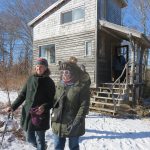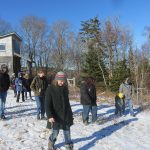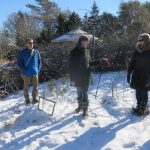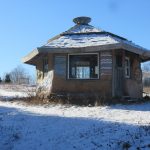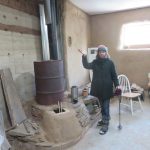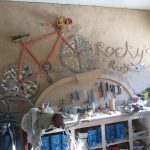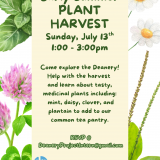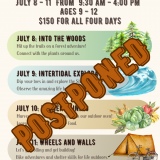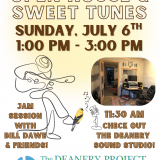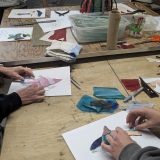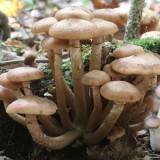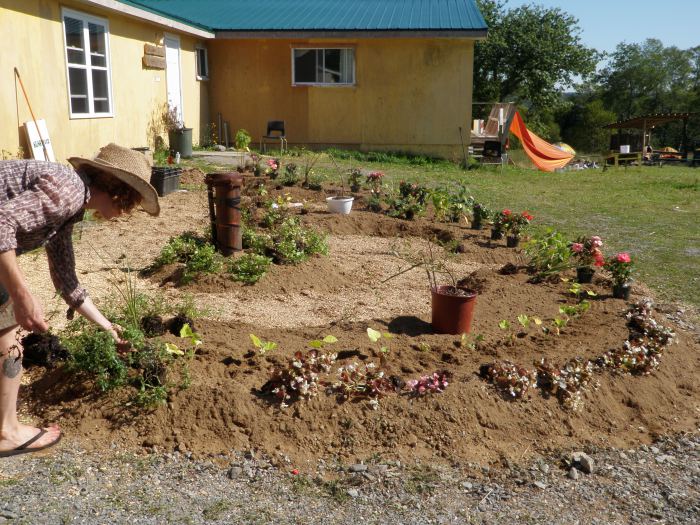Cultivating Mushroom Workshop
On Sunday, Februrary 3, 2019, mushroom enthusiast and permaculture educator, Charles Williams, facilitated a informative and entertaining workshop on cultivating and cooking with mushrooms – and using mushrooms to address contamination in soil and water.
Charles started his presentation with a brief overview on the history, value and properties of mushrooms, particularly their vital role in connecting forests. Mushrooms – or more accurately their mycelium – create an underground network that connects plant life, sharing nutrients and information about conditions.
He shared strategies for learning about mushroom identification and the qualities that can be used to distinguish one from another. One valuable tip: if you are exploring a new area foraging for mushrooms, the best approach is to go with someone that knows mushrooms and the area. The second best is to travel with two books from two different authors that you trust so you can compare descriptions.
Participants were engaged in conversation and had lots of questions. After the presentation, we had a chance to get our hands dirty mixing some mushroom spores in substrate (we used coffee). Everyone took home a jar to get started with our own adventure.
- Some of the mushrooms Charles has grown
- Shitake mushrooms grow on hardwood substrate
- We used coffee substrate with mushroom spawn to start jars
- Charles current mushroom bucket
- Prepping jars so mushroom can breathe
- Getting hands dirty mixing coffee and spawn
- How to use the starter jar
- Everyone went home with their mushroom starter
- Tips on growing at home
- Transferring to larger container
The workshop was followed by a delicious lunch with a variety of mushroom-based foods including a mushroom soup and mushroom frittata. Thanks to Kim and to Jeighk, our current Artist in Residence, for their efforts in the kitchen. Participants appreciated that there were options for people with special dietary requirements. Everything was very tasty and the mushroom conversation continued through lunch. Unfortunately, I did not get a picture of the mushroom delight buffet so you will have to take my word that it looked, smelled, and tasted amazing.
After lunch, Kim offered a tour of the site and its facilities including the Artist-in-Residence tiny house, the Sheiling, the Solar Kiln and the classroom and rocket stove. Since most of the workshops were first time visitors to the site, nearly everyone joined the informative tour, despite the cold and slippery conditions.
- The Clay Oven
- The “Tiny” (Artist in Residence accommodation)
- The Sheiling
- The Rocket Stove
- The Roost
Everyone had a wonderful day with lots of learning and sharing.
—
One of the resources Charles recommended was Mycelium Running: How Mushrooms Can Save the World by Paul Stamets.
Here is a TED Talk by Stamets pm 6 Ways Mushroom Can Save the World. It includes an overview on the ways the mycelium work to connect the forest.

